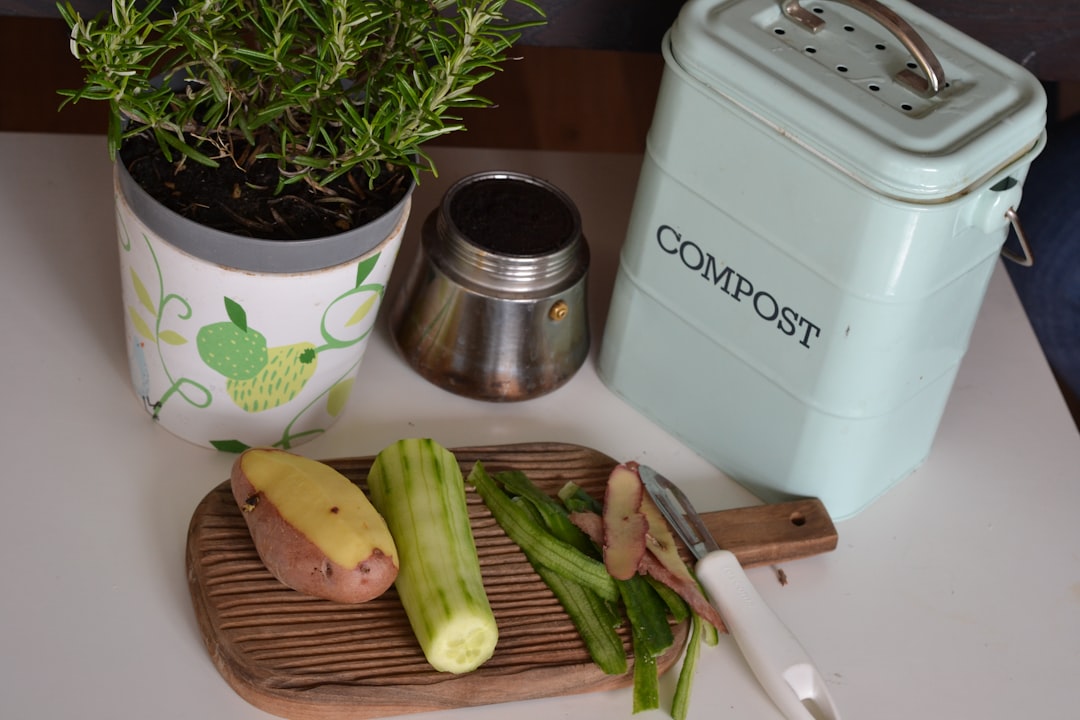Community gardens are more than just places to grow food—they are hubs of environmental stewardship, education, and sustainable living. One of the most powerful practices these spaces can adopt is composting. By turning organic waste into nutrient-rich soil, composting not only supports healthy plant growth but also plays a major role in reducing waste, lowering greenhouse gas emissions, and closing the loop in local food systems.
In this blog post, we’ll explore how composting works, its benefits for community gardens, and practical tips for implementing an effective composting system.
What Is Composting?
Composting is the natural process of recycling organic material—like food scraps and yard waste—into a rich soil amendment called compost. Through the work of microorganisms, worms, and insects, organic matter is broken down into a dark, crumbly substance that improves soil structure, boosts fertility, and supports plant health.
In a community garden setting, composting is a simple, cost-effective way to manage garden waste and reduce what goes into landfills—all while producing a valuable resource for growing more food.
Why Compost in Community Gardens?
1. Reducing Organic Waste
A large portion of household and garden waste is organic and compostable. Rather than sending this material to the landfill where it contributes to methane emissions, composting allows communities to:
-
Divert food scraps, plant trimmings, and other biodegradable waste.
-
Reduce trash collection needs and associated costs.
-
Lessen the environmental impact of waste disposal.
2. Creating Healthy, Living Soil
Compost is often referred to as "black gold" because of its incredible benefits for soil health. It:
-
Adds vital nutrients that improve plant growth and yield.
-
Increases the soil’s ability to retain water, reducing the need for irrigation.
-
Encourages beneficial microbial activity and suppresses plant diseases.
Using compost in community gardens leads to healthier plants and better harvests—without relying on chemical fertilizers.
3. Closing the Loop in Local Food Systems
When gardeners compost food scraps and plant waste, then use that compost to grow new food, they create a closed-loop system that’s regenerative and sustainable. This cycle:
-
Mimics natural ecosystems.
-
Builds community awareness of sustainable practices.
-
Reinforces the idea that "waste" can be a resource.
Starting a Compost System in Your Community Garden
Step 1: Choose the Right System
There are several composting methods suitable for community gardens, depending on space, resources, and participation level:
-
Traditional Pile or Bin Composting: A simple heap or container for layering green (nitrogen-rich) and brown (carbon-rich) materials.
-
Tumbler Bins: Enclosed containers that make turning compost easier and reduce odors or pests.
-
Vermicomposting: Uses worms to break down food waste quickly and efficiently, great for smaller spaces.
-
Bokashi: A fermentation process that breaks down food waste (even dairy and meat) before it’s added to a compost pile.
Step 2: Educate and Engage
An effective composting system requires community involvement and understanding. Consider:
-
Hosting workshops on composting basics and how to use the system.
-
Creating signage or printed guides showing what can and cannot be composted.
-
Assigning compost stewards or rotating responsibilities for turning piles and monitoring the process.
Step 3: Maintain the Compost
A healthy compost pile needs:
-
Balance: Mix “greens” (vegetable scraps, coffee grounds, grass clippings) and “browns” (leaves, straw, cardboard).
-
Aeration: Turn the pile regularly to provide oxygen and speed up decomposition.
-
Moisture: Keep the pile moist but not soggy—like a wrung-out sponge.
Monitor temperature and texture to ensure the compost is breaking down properly. Within a few months, you’ll have finished compost ready to enrich your garden beds.
Expanding Impact: Waste Reduction Beyond the Garden
Community gardens can also be powerful advocates for broader sustainability efforts. Here’s how they can further reduce waste:
-
Partner with Local Businesses: Collect vegetable scraps from nearby cafés or farmers markets.
-
Organize Waste-Free Events: Promote zero-waste potlucks and workshops where participants bring reusable items.
-
Promote Reuse and Upcycling: Use reclaimed materials for garden structures, signs, or furniture.
-
Educate on Reducing Food Waste: Encourage gardeners to harvest efficiently, share excess produce, and preserve surplus food.
Benefits Beyond the Soil
Composting in community gardens brings a wealth of benefits beyond just improved soil quality:
-
Environmental Stewardship: It teaches participants about sustainable living and connects them to the natural cycles of decomposition and renewal.
-
Community Engagement: Managing a compost system fosters teamwork, shared responsibility, and community pride.
-
Education: It’s a great tool for teaching children and adults alike about ecology, food systems, and resource conservation.
Conclusion
Composting is a simple yet powerful way for community gardens to contribute to environmental health and sustainability. By transforming organic waste into fertile soil, gardens close the loop, reduce their environmental footprint, and model regenerative practices that benefit both people and the planet.
Whether your garden is just getting started or already thriving, integrating composting can deepen your impact—turning yesterday’s scraps into tomorrow’s harvest. So grab a pitchfork, start a pile, and watch your community garden grow greener from the ground up. 🌱

Comments
No comments yet. Be the first to comment!
You must be logged in to comment. Login